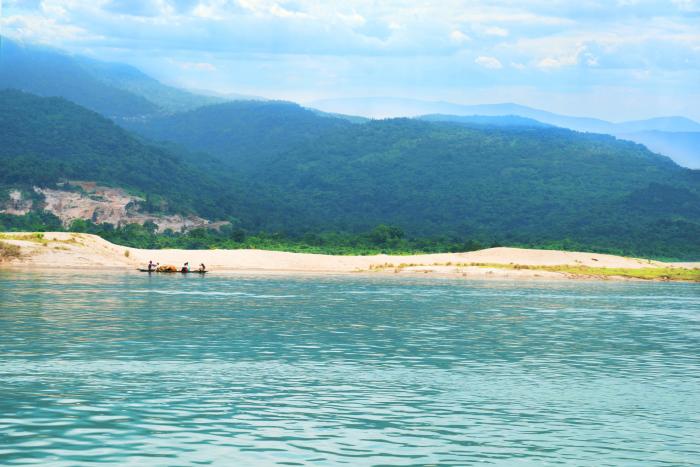Anaerobic Baffled Reactor
Description of the emergency context
Living area of community (name and localization of camp/city/village, access): Kutupalong Camp Area in different locations. Local and international WaSH institutions (management committees, NGOs, WaSH governmental agencies, private sector) with WaSH active role in the community and specific partnerships: NGO Forum and other development organization such as BRAC, ACF, PCCR, IFRC, Friendship etc. Main waterborne diseases: Cholera, Diarrhea, Dysentery, Typhoid etc.
Description of the treatment process
No description
Assessment & design (feasibility)
The terrain is a hilly region which has ups and downs but NGOF considered the low lands beneath the hill for the construction of fecal sludge treatment/disposal site. It is protected in such a way that people can’t see the sludge and it restricts the spreading of virus. Raw sludge is untreated non-stabilized sludge, which can be taken from wastewater treatment plants. The details FS characterization of raw sludge was not undertaken during design. The sludge comes from pit latrines and septic tanks. Water is used for anal cleansing. NGO Forum does the desludging through convenes pipe with the help of pumping and maintains proper health safety such as: Mask, Hand Gloves, Gum Boot, Apron, Rake, Convenes Pipe, Octane running Pump, Generator, submersible pump. Besides this, NGO Forum also desludges through transfer stations with the capacity of ten (10) thousand-liter plastic tank using gravitational force. The design was developed based on the secondary information and data. Considered treatment performance of ABRs is in the range of 65% to 90% COD (Chemical Oxygen Demand) removal, corresponding to about 70% to 95% of BOD (Biological Oxygen Demand) removal. The majority of the settleable solids are removed in the sedimentation chamber at the beginning of the ABR, which typically represents 50 % of the total volume of TSS. The special design also allows for an enhanced treatment of non-settleable solids and a Total Suspended Solids (TSS) removal of up to 90% can be achieved. ABRs are a combination of the principles of septic tanks, moving bed reactors and up-flow anaerobic sludge blanket reactors. The majority of settleable solids are removed at the settler and thickening tank in front of the ABR. The inflow is up to 35 m3 per day in this system.
Critical design parameters include a hydraulic retention time (HRT) between 48 to 72 hours, up-flow velocity of the wastewater below 0.6 m/h and the number of up-flow 4 chambers. Vertical baffles in the tank force the pre-settled wastewater to flow under and over the baffles guaranteeing contact between wastewater and faecal sludge and allowing an enhanced anaerobic digestion of suspended and dissolved solids. The connection between the chambers are designed either with vertical pipes with baffles. Accessibility to all chambers (through access ports) is necessary for maintenance. The tank is with cover to allow for control of the ABR system. In addition, provided a biological filtration for treatment of effluent water comes from reactor which enable bacterial colonies to propagate and break down wastes.

Add new comment